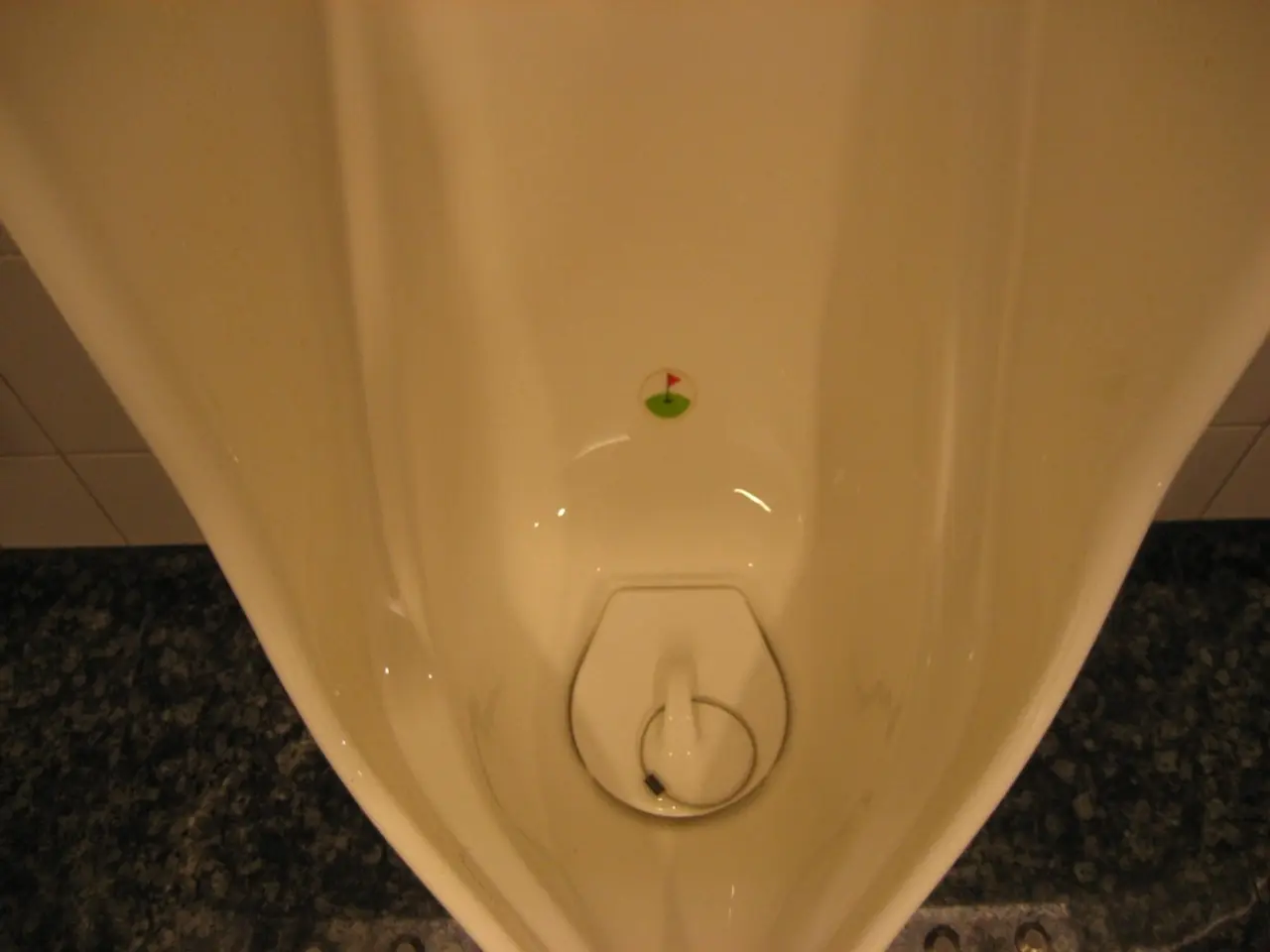Strategies for Addressing Ineffective Overactive Bladder Medicine
For those suffering from overactive bladder (OAB), medication is not always the sole solution. Three common alternatives to medication include Onabotulinum toxin A (Botox injections), Sacral Neuromodulation (SNM), and Percutaneous Tibial Nerve Stimulation (PTNS).
Onabotulinum Toxin A (Botox Injections)
Small doses of this toxin are injected into the bladder muscle to relax it, increasing bladder capacity and reducing involuntary contractions. The effects last about six months, requiring repeat treatments. The advantages include minimally invasive administration in an office setting and effective symptom relief. However, potential side effects include urinary tract infections and urinary retention, which may sometimes necessitate self-catheterization.
Sacral Neuromodulation (SNM)
This therapy delivers mild electrical pulses to sacral nerves near the tailbone to modulate bladder control signals. It involves a trial phase followed by permanent implantation if successful. SNM has high success rates and provides long-term improvement, especially in refractory urge incontinence. The main advantage is sustained symptom relief without systemic medication side effects. However, it is more invasive due to the implant and may carry risks related to surgery and device complications.
Percutaneous Tibial Nerve Stimulation (PTNS)
A thin needle near the ankle delivers electrical stimulation to nerves that affect bladder function. Treatment usually consists of weekly sessions for 12 weeks, then maintenance every 3–4 weeks. PTNS is less invasive than SNM and does not require implantation. About two-thirds of patients experience significant symptom improvement, including reductions in urinary frequency, urgency, and nocturia. Side effects are minimal, typically limited to mild discomfort at the stimulation site.
In summary, Botox provides effective temporary bladder relaxation but may risk urinary retention; SNM offers durable symptom control with an implant but requires surgery; PTNS is minimally invasive with fewer side effects but requires ongoing outpatient sessions. Choice among these depends on symptom severity, prior treatment response, patient preferences, and tolerance of potential side effects.
Other non-procedural non-drug options include pelvic floor muscle training and behavioral therapies, which can improve symptoms by strengthening muscles and modifying habits, often with minimal risk.
Natural and complementary treatments such as acupuncture and certain herbal supplements exist but currently lack strong evidence to supplant these advanced therapies. It is essential for patients to discuss all treatment options, including medication, with their doctors or urologists to find the most suitable solution for their individual needs.
Advances in health and science have provided various alternatives for managing overactive bladder (OAB), even beyond medication. For instance, fitness and exercise, nutrition, and skin care play significant roles in promoting overall health-and-wellness, potentially reducing OAB symptoms. For mental-health, therapies-and-treatments like meditation, cognitive-behavioral therapy, and mindfulness can help manage stress which might exacerbate OAB.
CBD, a non-psychoactive compound found in cannabis, is gaining attention for its potential benefits on chronic-diseases, including management of certain medical-conditions like inflammation and pain that could indirectly alleviate OAB symptoms.
Workplace-wellness programs, incorporating lifestyle changes such as better nutrition, fitness-and-exercise routines, and mental-health support, can contribute to maintaining a healthier overall condition to better manage OAB.
As always, it is crucial to consult with medical professionals before pursuing any non-traditional treatments like CBD or alternative therapies such as acupuncture. Understanding the synergy between science, medicine, and wellness is key to finding the most effective solution for individual OAB conditions.




